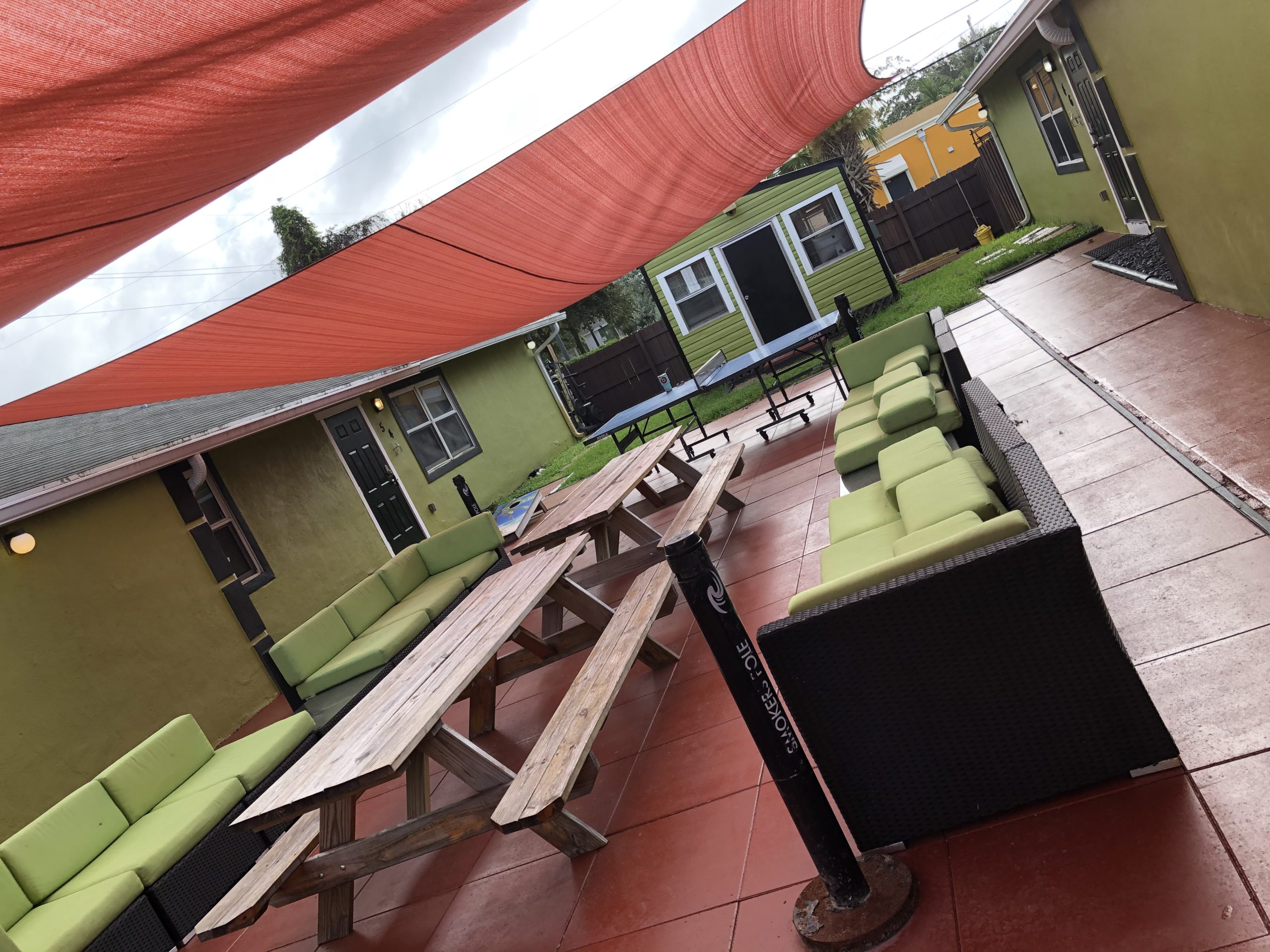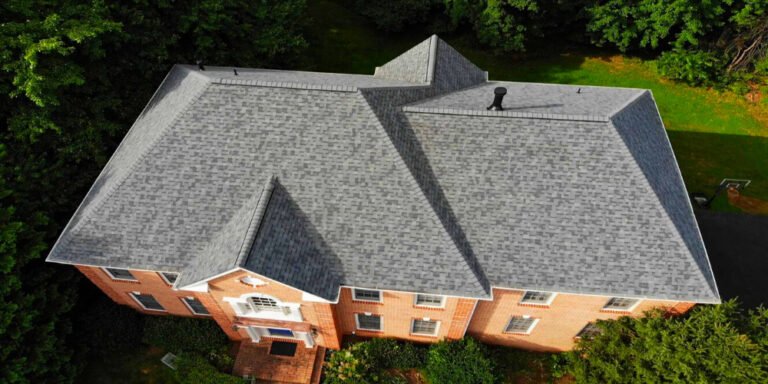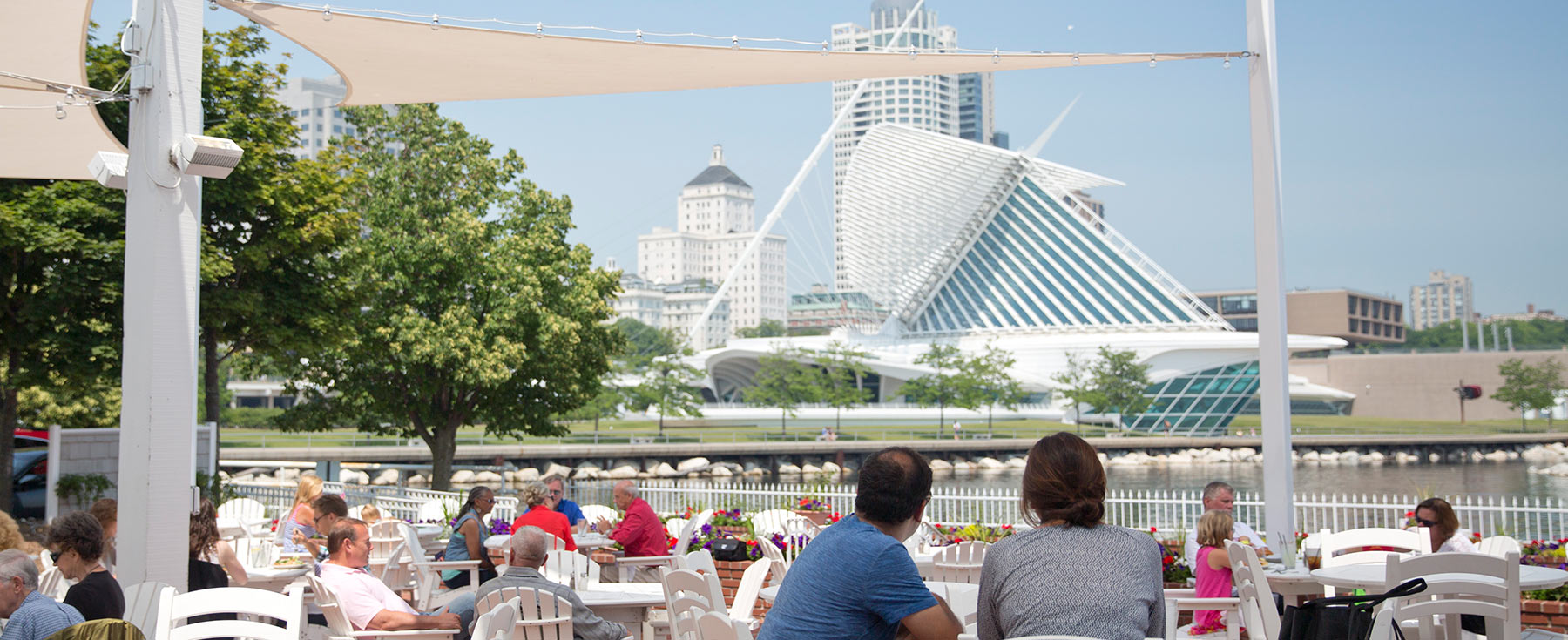Table Of Content

To this end, halfway houses usually use drug tests to ensure residents aren’t misusing drugs or alcohol. As of the late 1990s, the estimated cost of constructing a new cell was approximately $100,000. Once occupied, a cell costs in the range of $20,000 to $25,000 annually to operate.
Halfway houses for patients
Inpatient treatment centers are residential facilities and allow recovering addicts to live at the center for days. Inpatient rehab does not allow patients to leave until their program is complete. In certain areas, a halfway house is much different from a recovery house or sober house. In these areas, a drug and alcohol halfway house is licensed by the Department of Health and has staff coverage 24 hours a day. The best halfway house provides both support and structure, with positive reinforcement when you succeed and honest but caring guidance when you falter.
Frequently Asked Questions About How Long Meth Stays in Urine
Over at the coast, people had started to congregate to watch the conflagration, with some posing for selfies with the historic structure aflame behind them. A massive plume of smoke quickly filled the sky, and two fire-fighting boats arrived on scene shooting water cannons at the structure at the end of the pier, where it broadens to support two structures and is called the hammerhead. A lone lifeguard vehicle posted up at the foot of pier, with a long fire hose, possibly two, running the length of the pier. David Beasley is a compassionate leader and the visionary founder of Design for Recovery Sober Living Homes, where he dedicates his life to helping individuals reclaim their lives from addiction. Finding employment while residing at the facility forms another essential rule at most homes because it fosters independence and accountability – both vital aspects of sustainable recovery.
Halfway Houses: What Is a Halfway House?
The slow reintegration into society including a routine schedule and accountability may help create a solid foundation to rebuild a sober life. Although most halfway houses have a similar structure, each facility has different requirements and expectations of its residents, so it’s best to ask the facility you’re interested in about rules. The rules facilitate the continued success in your recovery, so it’s vital — and in the best interest of your sobriety — to follow them.
Families of Robert Courtney’s victims learn ex-pharmacist to be moved to halfway house - WDAF FOX4 Kansas City
Families of Robert Courtney’s victims learn ex-pharmacist to be moved to halfway house.
Posted: Tue, 16 Apr 2024 07:00:00 GMT [source]

At a halfway house, you will continue working on your early recovery while enjoying the peer support of your fellow recovering housemates. In addition, a stay in a recovery house might be a partial requirement of a criminal sentence. Residents are normally asked to remain sober and comply with a recovery program. Other expectations can include rules on curfew, drug testing, cooperation, accommodating a sober living environment, sober house (no drugs), house meetings, and check-ins with staff members. Rather than housing people in the throes of addiction, sober living homes provide a space for people seeking to establish a new trajectory for their lives, which includes a practical application to sobriety.
What is a Halfway House? Rules, Guidelines, and What to Expect
The majority of halfway houses are safe spaces for individuals who are dedicated to bettering their lives and remaining sober. Living in a communal environment with others struggling with addiction or other mental health issues can sometimes be triggering. However, halfway houses typically have rules and regulations in place to promote safety, such as drug and alcohol testing, security measures, and staff supervision. Halfway houses [1], also referred to as sober living homes or recovery houses, are transitional living environments for those who are in recovery programs or other institutions. These residential facilities help individuals in recovery remain sober by providing a safe, structured, supportive, and stable environment where individuals learn and practice skills they need to re-enter society. Services provided vary by location, but the primary goal of all halfway houses is to help residents adjust to a sober life and reintegrate into society.
Are Halfway Houses Safe?
Subsequent audits identified a number of major staffing issues, including high turnover rates and misconduct. This pattern of inadequate staffing extends to CEC halfway houses in California, where a former facility director cited inadequate training and earnings barely above minimum wage. The clinical director of the California facility, responsible for resident health, did not possess a medical degree, or even a college degree. For the most part, people go to halfway houses because it is a mandatory condition of their release from prison. Some people may also go to halfway houses without it being required, simply because the facility provides housing.
What Is a Halfway House in Addiction Recovery?
The cost of a halfway house depends on the location, amenities, services offered, and other factors. Basic halfway houses charge about $500 monthly, while luxury halfway houses may cost up to $12,000 per month. Riviera Recovery is a health and wellness sober living community helping men & women recover from substance use, mental health and co-occurring disorders.
While there are certain similarities between the two classifications, there are distinct differences between the sober house and the halfway house. Similarities include a list of rules of conduct as well as an expectation that the residents will share the chores and duties of the household. Understanding the unique traits between the two forms of sober housing will help determine which is a good fit for you.
Most of the centers are run by contractors, and the Federal Bureau of Prisons provides oversight. Residents of a halfway house may be encouraged or required to work or attend school as part of their transition back into society. This may include job training or assistance with finding employment, as well as support for educational pursuits such as GED preparation or college courses. The rules of a halfway house are designed to provide structure and accountability to help those in recovery achieve and maintain sobriety and to ensure the safety and well-being of all residents.
One of the biggest challenges that someone new to sobriety faces is finding a living arrangement that will enhance their recovery after their initial detox ends. Some people enter residential treatment through a facility, while others use outpatient options. Typically, residents of halfway houses may be expected to fulfill house requirements by attending an outpatient treatment program, such as group therapy or 12-step program meetings. Halfway houses may be run by charitable organizations, private mental health clinics, or government agencies at the federal level. Other names of halfway houses include halfway house placement, correctional facilities, and Residential Reentry Centers (RRC). This process involves learning about addiction treatment programs and understanding how they work.










